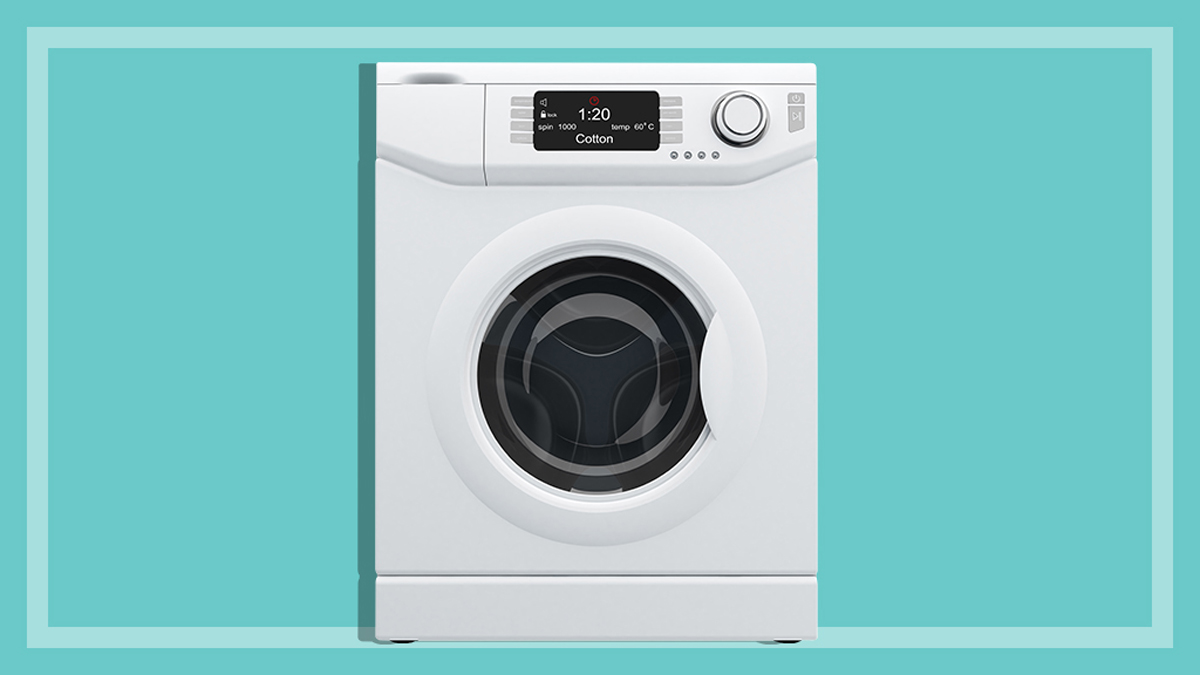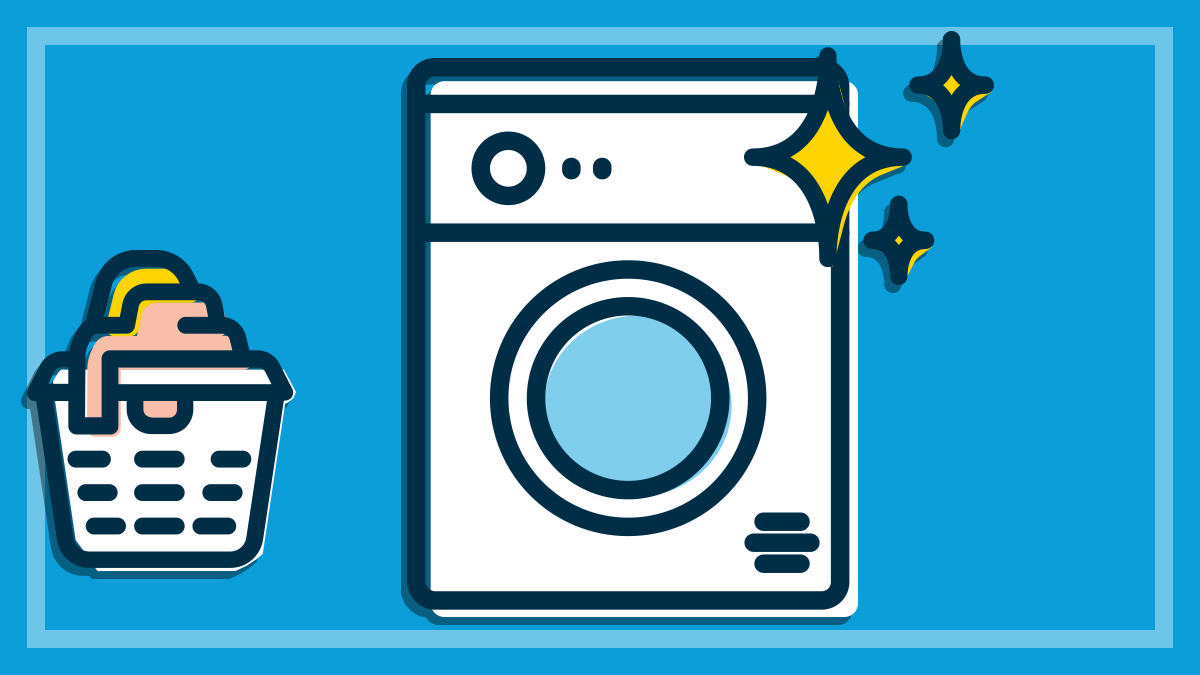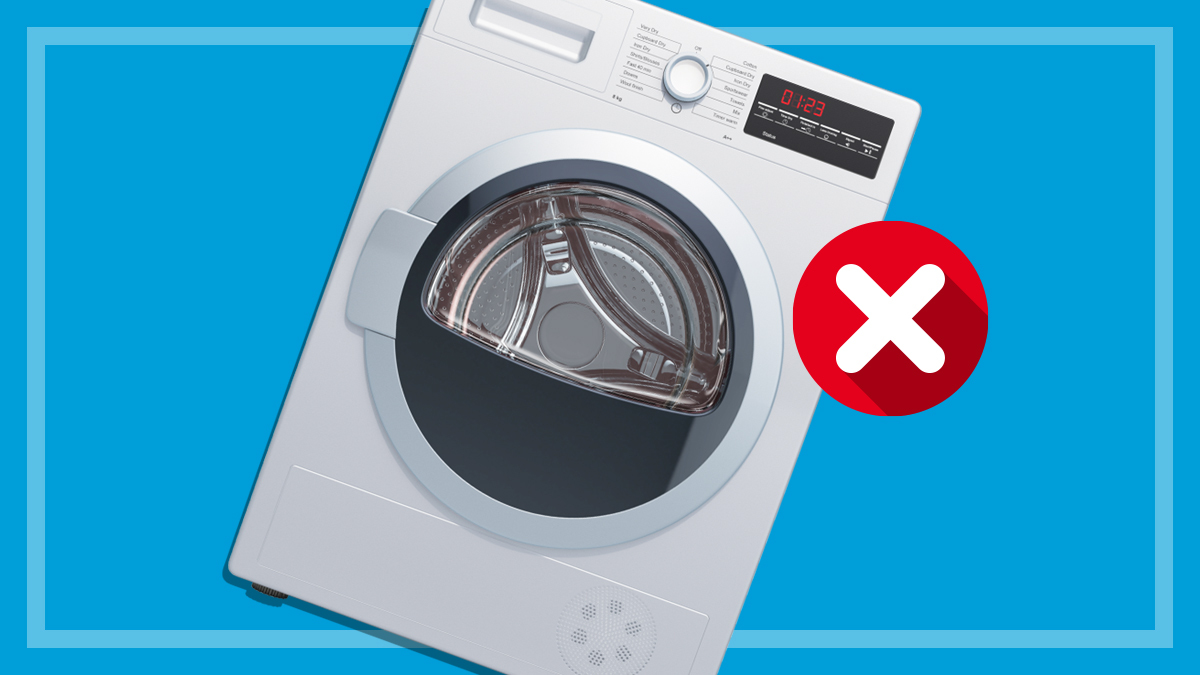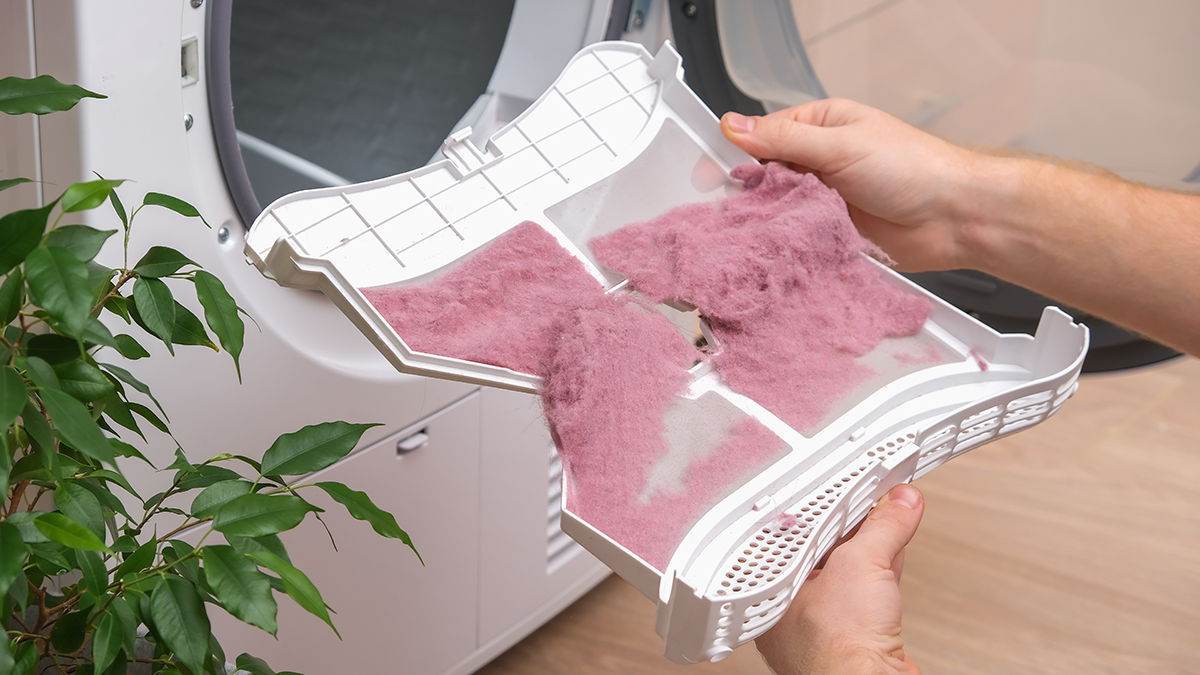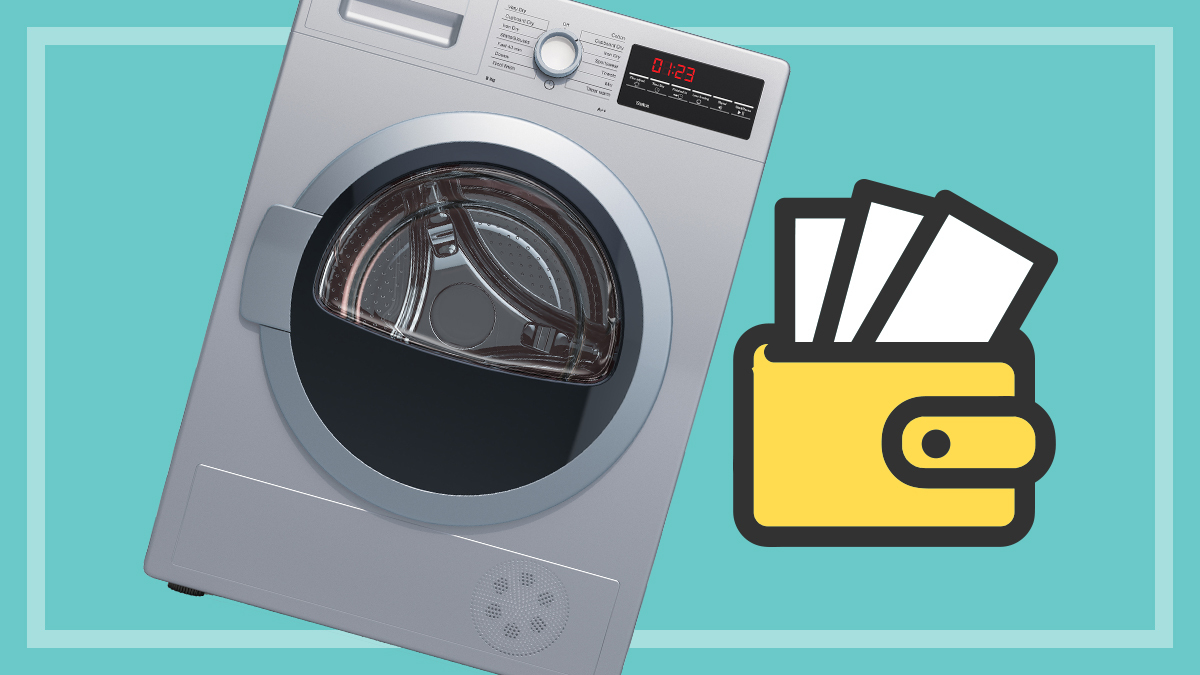Get our independent lab tests, expert reviews and honest advice.
Laundry tips to survive wet weather days

There comes a time in your life when the highlight of a sunny day isn’t the beach or a picnic – it’s finally getting the chance to conquer that mountain of laundry.
Sydney has already clocked the wettest August in 27 years and various parts of the country are suffering through lots of wet, soggy days. It’s not ideal if your laundry basket seems to refill itself overnight.
So what’s the best wet weather plan when it’s bucketing outside? Drying laundry indoors can invite mould and moisture into your home and leave a musty pong on your clothes, but don’t worry – CHOICE experts are here to help.
From smarter washing habits to clever drying strategies, here are their top tips for turbocharging your laundry routine and saving your sanity through the wettest months of the year.
1. It starts with your washing machine
Even before you think about how you’re going to dry the load, check you’re using the most effective spin cycle on your washing machine. You want as much water as possible to be removed from the clothes during the washing process. Front loader washing machines are better for this, as they tend to have much faster spin cycles than top loaders.
Ensure you don’t overload your washing machine, as this can prevent clothes from getting as dry as possible during the spin cycle. And, if you’re doing multiple loads in one day, do the heavier items first (jeans, towels etc), so they have more time to dry.
2. Maximise air circulation
Drying laundry is mainly about putting your clothes in a space with air that is sufficiently dry to absorb the evaporating moisture. Outdoors is usually better for this as the air is often warmer (on a sunny day) and better circulated.
But if it’s really cold outside, and obviously if it’s wet, you’ll have to bring the laundry indoors. In this case, you need to create air circulation artificially. This can be done with a fan, air conditioner or dehumidifier.
A dehumidifier can be used to help your clothes dry faster, and reduce the risk of mould and dust that can result from drying your laundry indoors. Over half the models in our latest dehumidifier review have a specific laundry setting for this purpose.
They’re no match for tumble dryers, but CHOICE experts say dehumidifiers are still a great option if you don’t have outdoor drying space
This function helps dry washing more efficiently indoors by pulling excess moisture from the air. They’re no match for tumble dryers, but CHOICE experts say they’re still a great option if you don’t have outdoor drying space, especially during colder months.
“The moisture has to go somewhere, and if your home doesn’t have good airflow to let moist air escape, you can end up with damp walls and furniture – perfect conditions for mould,” says CHOICE expert Chris Barnes.
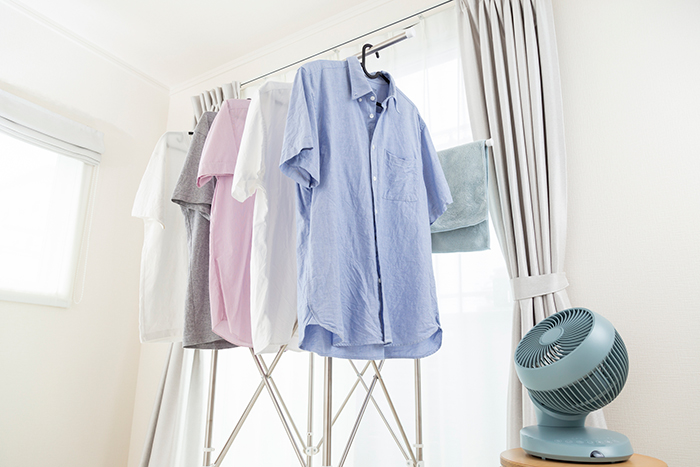
Some air conditioners also have specific ‘Dry Mode’ or ‘Dehumidifier Mode’ functions that are designed to remove excess moisture from the air, which can also be helpful for drying clothes indoors.
And, you can always go old school and use a pedestal or tower fan to help circulate air. CHOICE testing finds that pedestal fans are usually better than tower fans at delivering strong gusts of air that’ll help with this.
3. Keep it safe – a metre from the heater!
While you might be tempted to drape clothes over a heater, or place your clothes airer or racks quite close to a heater with a fan, this can be both unsafe and costly.
“Damp clothes hung directly in front of a heater, or over it, can not only be a fire hazard but could also increase your heating bills, as they act as a barrier and potentially prevent your heater from releasing warmth into the room,” says Chris.
“This means your heater will have to work harder to create a warmer temperature, which adds up to higher energy bills.”
4. Avoid overwashing your clothes
Have you got kids that indiscriminately chuck clothes in the laundry basket, dirty or not? Do you wash your jeans after every wear? How frequently you wash your clothes obviously depends on your personal preferences and habits, but consider whether there are some items you could relax with a little on the washing front.
Not only does this mean less items to dry on rainy days, but you’ll reduce the impact of your laundry routine on the environment and in many cases it could extend the lifetime of your garments. A recent report from Sustainability Victoria suggests we’re likely washing our clothes too frequently.
While you should definitely continue washing your undies and sweaty gym gear after every wear, the research from Sustainability Victoria says jeans should be washed after at least 10 days of wear. If cared for correctly, one pair should last us four years, with 300 days of wear.
5. Beware running your clothes dryer 24/7
While it’s tempting to transfer everything straight from the washing machine to the dryer on a rainy day, keep in mind that this can be an expensive exercise. Not to mention, many clothes aren’t suitable for tumble drying and could get shrunk or ruined.
Some dryers can be very inefficient, too, so be aware that if you’re drying several times a day, you’re likely to see an increase in your energy bills that could reach into the hundreds.
How much more you’ll pay also depends on factors such as how old your clothes dryer is, how clean the filters are and what type of dryer it is. Heat pump dryers are more efficient and therefore cheaper to run than vented dryers, for example. See how expensive your clothes dryer is to run.
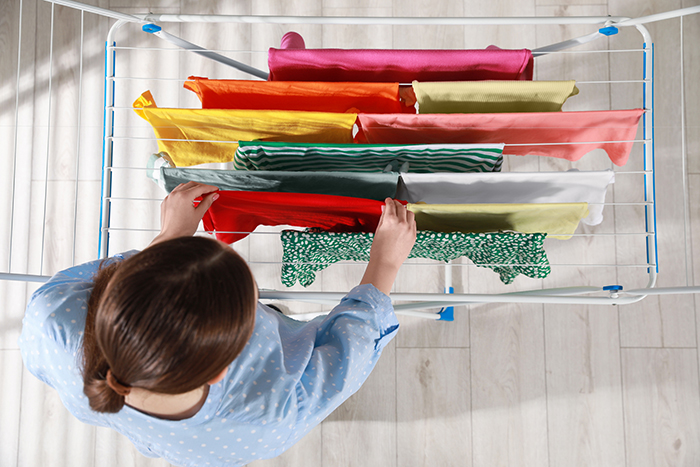
Tips for hanging your washing better for quicker drying
- Don’t overcrowd the airer – more air flow means faster drying.
- Ensure arms or legs in wet shirts and shorts aren’t tucked in or bunched up.
- Hang shirts from the bottom end (with pegs) rather than doubling them/folding over the line.
- Hang wet business shirts or blouses on coathangers before hanging them on your line to maximise space and airing.
- Hang your washing on a portable airer that you can easily move outside if the sun happens to pop out (or that you can move around the house easily to warmer spots depending on what time of day it is).

